Episode 3 of Games on Location is taking a morbid turn with Nicolas Robert's The Bloody Inn, published by Pearl Games. With Spooky Season fast approaching, where better to play a game of murder and robbery than one of Canterbury's oldest pubs with a dark local legend?
The Bishops Finger, dating back to the 16th Century, "stands out as one of Canterbury's most distinctive historical pubs." So states the website. "Whether you're looking for an exciting venue showing the football, or a cosy local to enjoy a romantic meal in, Bishops Finger is your pub."
What this introduction doesn't mention is the mysterious story of Ellen Blean, who local legend says haunts the pub and the nearby streets. It is said that Ellen Blean, wife to a local canon (some versions of the legend have her as his housekeeper but the blurring of lines between housekeeper and wife is a subject for another blog post), discovered that her husband was having an affair. To take her revenge she poisoned the canon and his lover with a meat pie. This is far from the most haunting part of the tale. Legend has it that Ellen disappeared after the murder only to be discovered shortly afterwards, walled up at a house nearby called Dark Entry, where she had evidently been buried alive. Locals state that every Friday night her ghost wanders the street and then manifests in the bar of The Bishops Finger, appearing as a plain faced, large woman in a long, wide skirt and mobcap.
So with this story fresh in our minds, we headed out to the pub to play a game of The Bloody Inn, in which players play as 18th Century tavern owners looking to make their fortune by murdering and robbing their unfortunate guests.
"Whether or not their plan will work out, one thing is certain: Not every guest will leave this inn alive..."
The game, for 1-4 players, is stunningly simple with a high bar for strategy. Each round, players will get two turns to complete actions. These include, murder, bribery, burying a corpse, or laundering money. All fittingly dark actions for a morbid game such as this. Over the course of two seasons, any guests left alive during the first season will foolishly return during the next, giving players the opportunity to get that large paycheck they missed the first time around. Honestly, the game brings out the darkness in all of us.
The first player fills the inn, allocating guests to rooms, each of which is owned by a particular player. If a guest in a player's room survives the night they pay a small fee, so there is incentive to keep certain guests alive. Players then take it in turns to decide what they are going to do and weigh up how they're going to get away with it.
All actions are paid for with guest cards, that when in a player's hand are known as accomplices. Accomplices are obtain through bribery, which itself is paid for with guest cards. There is a constant balancing act of keeping enough accomplices in hand to be able to pay for each murder and body disposal, while not having too many that they cost too much money at the end of each round.
Murders must also be well timed, as if a law-enforcement card comes a-calling, and is still alive in the morning, they will be alerted to any dead bodies cluttering up the inn and the cost for disposal becomes crippling.
Bodies can only be looted and disposed off by building annexes to your inn and burying them beneath the buildings. This is costly in itself and it is easy to become stuck in a loop of murder without being able to dispose of the bodies. Another law enforcer turns up? Sometimes you just have to kill him to avoid him discovering the bodies. But then you have another body on your hands and nowhere to store it. In a grim way, it's very funny.
In many ways this is a tableau builder, as you construct buildings in front of you and gradually slide corpses beneath the cards. In other ways the game plays like a card drafter as you aim to get the guests who are most useful to you (each guest has a speciality that means they can be used multiple times for certain actions) and maximise their potential in your grim work. The game achieves both very well and it feels like a neat and concise experience. There's not an inch of fat on it, which translates to a smooth and intuitive game.
You've got to love a game where a player can say quite casually, "He's worth more money to you dead." It's quite thrilling to play as the bad guys for once.
At set up there is the option to play a shorter game, but in all honesty, it's worth opting for the longer version. The longer play time allows you to rack up more victims and it's fun at the end of the game to look back on your legacy of blood and murder.
This game is perfect for a spooky games night with friends but also offers a solo experience, where you're looking to accumulate enough money to rank from Troubling Innkeeper to Demonic Innkeeper, without having any bodies remaining at the end of the game.
It would be remiss of us to not include some praise for the artwork by Weberson Santiago. The stricking graphical style really captures the dark and bloody nature of the game. I can't quite put my finger on what the box art puts me in mind of but it's something from my childhood, something that used to give me the creeps.
We hugely enjoyed this and agreed that it has the potential to become one of our regular games, especially as nights draw in and shadows grow large in the dark months of the year.
Sadly we didn't experience any hauntings while we played at The Bishops Finger but it provided the perfect backdrop to a game as dark as this.





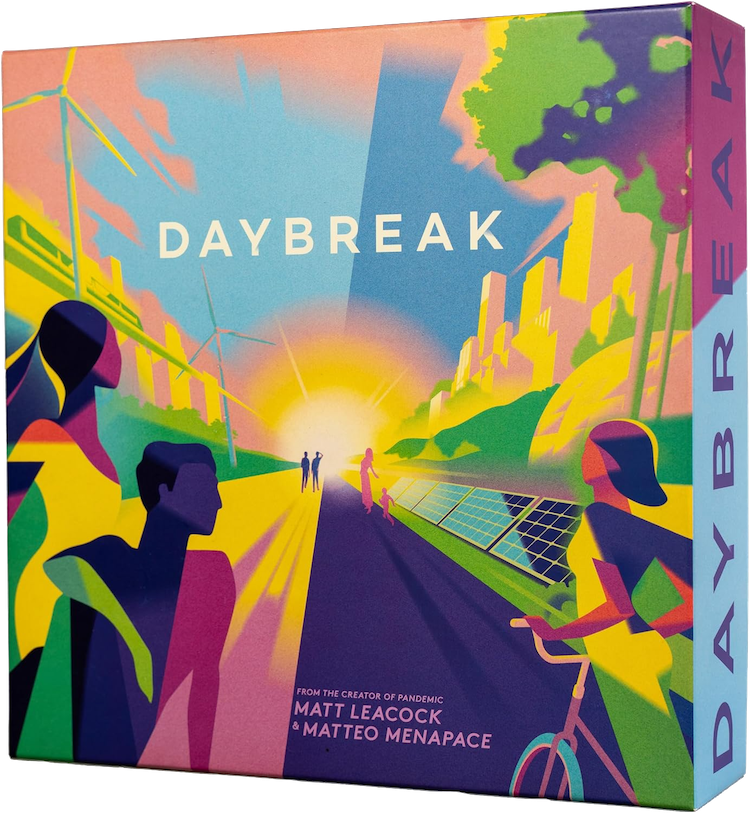





.jpeg)

.jpeg)
.jpeg)

.jfif)
.jfif)
.jfif)

.jpeg)
:strip_icc()/pic7013651.jpg)







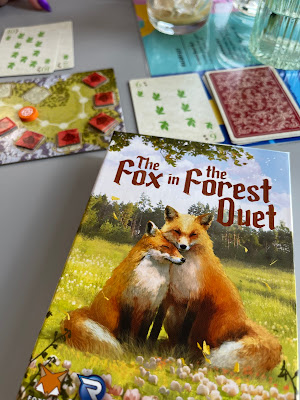
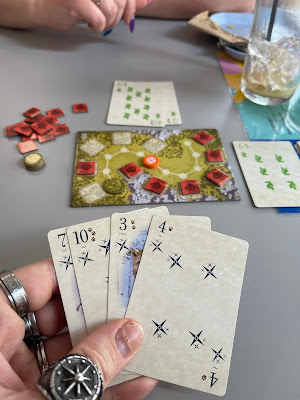
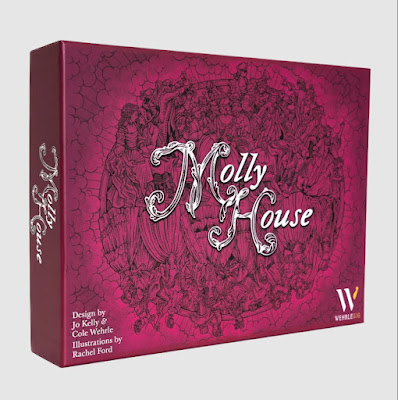
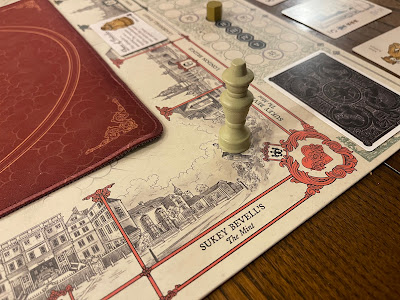


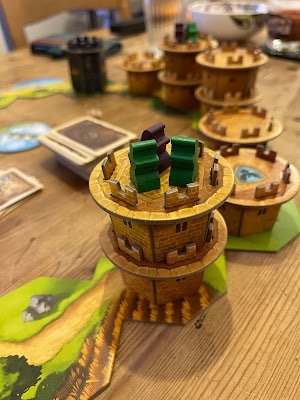











.jpg)